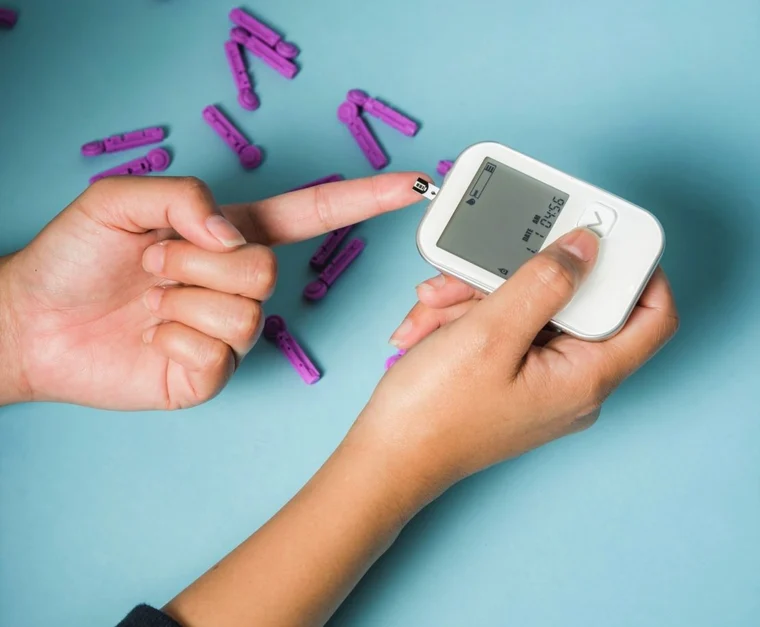Medical device regulation is a vast and complex subject, with different rules depending on the country you are selling your device into and its intended use. When seeking guidance on your regulatory strategy, always speak with the experts first.
This article will give you some good advice on who the regulators are, what differs region to region and some considerations when planning your own regulatory strategy. We have included some examples of how the regulations and process differ in three regions – USA, Europe, and the UK.
Regulation is also not limited to medical device hardware. We will also briefly touch on Software as a Medical Device (SaMD) and In Vitro Diagnostic Medical Devices (IVDs).
Is my device a medical device?
The U.S. Food & Drug Administration (FDA) have a handy, simple statement to help you determine whether or not your device is a medical device, paraphrased here:
Is your product an instrument, apparatus, machine, implant, in vitro reagent, part or accessory which diagnoses, cures, mitigates, treats, prevents disease or condition or affects the structure or function of the body and doesn’t achieve purpose as a drug.
Okay, maybe it’s not so simple! It’s also worth noting that this definition is set by the FDA and covers the US only. Other regulators have varying definitions depending on the region.
Different regulators have different stances on what is and isn’t a medical device. For example, the FDA classify the electric toothbrush as a medical device, whereas European Regulators (the European Medicines Agency or EMA) don’t.
Who are the regulators and where are they located?

By this point it should be clear that rules vary depending on the geographic region you are hoping to deploy your device in to. Most regions have their own regulator and each of these regulating bodies has their own rules and standards, which means the submission process to be evaluated differs from country to country and you could receive different classifications for the same device depending on where it’s being marketed.
Steps are being taken to align global medical device regulation. The International Medical Device Regulators Forum (IMDRF) is a group of medical device regulators that have come together to harmonize the regulatory requirements for medical products across the globe. However, they have a long way to go before the processes are equivalent. This means that if you wish to market your device in any of the IMDRF member countries, you will still need to progress through their own process.
Members include:
- Australia – Therapeutic Goods Administration
- Brazil – National Health Surveillance Agency (ANVISA)
- Canada – Health Canada
- China – China Food and Drug Administration
- Europe – European Commission Directorate-General for Internal Market, Industry, Entrepreneurship and SMEs
- Japan – Pharmaceuticals and Medical Devices Agency and the Ministry of Health, Labour and Welfare
- Russia – Russian Ministry of Health
- Singapore – Health Sciences Authority
- South Korea – Ministry of Food and Drug Safety
- United States – U.S. Food and Drug Administration
What classification is my medical device?
In most developed regions, the process for gaining approval depends on the device classification. The classification of medical devices is generally risk based, taking into account factors such as:
- What part of the body will it contact?
- In what way will it contact the body (just the skin? Through surgery, or through a natural orifice)
- How long it will be in contact with the body?
- Is it an active device – is it powered? Does it deliver some form of energy to the patient?
- What the impact of an incorrect measurement or result would be.
This approach uses a set of criteria that are combined to form an overall device classification.
Note that IVDs are subject to different classification criteria, taking other factors into account.
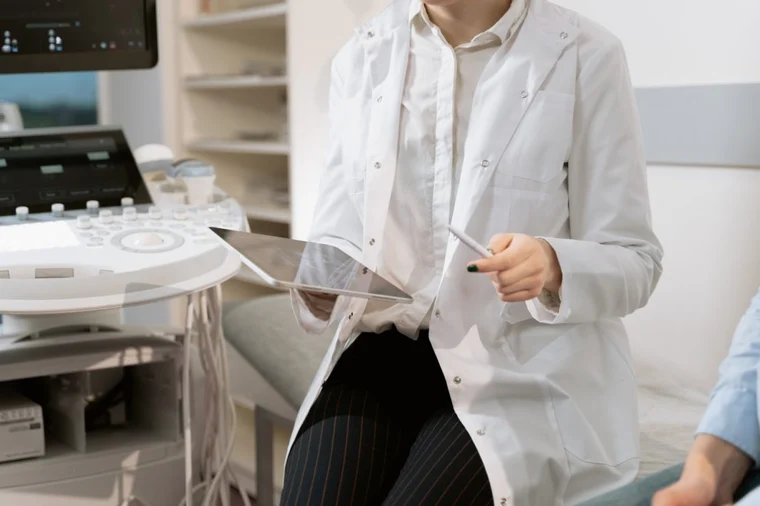
These are discussed in a later section. As an example, the UK Medicines and Healthcare products Regulatory Agency (MHRA) has 4 classifications for medical devices:
- Class I – generally regarded as low risk
- Class IIa – generally regarded as medium risk
- Class IIb – generally regarded as medium risk
- Class III – generally regarded as high risk
Lets take a look at a stethoscope. Its continuous use is lower than 60 minutes. Its intended use is external to the body – it is non invasive. It is not an active medical device and doesn’t require a power source to operate. The stethoscope is a Class I device. It’s low risk, but does classify as a medical device.
In general, although classification varies from region to region, there are patterns and similarities. The EU and UK follow a similar set of rules, a bit like a flow chart, when determining how to classify a device. In the USA, the FDA tend to look at similar devices already on the market as a way to determine what classification to give a new device.
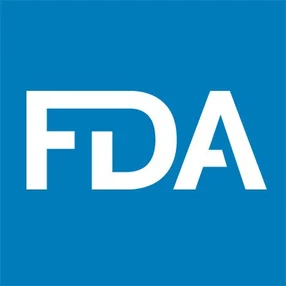
The FDA website includes a database of device types (product codes) and their classification. For example, if you are launching a new stethoscope in the USA, you can simply visit the FDA website, search for ‘stethoscope’ and view a list of submissions that fall under the same device classification category to see how your technology compares. Or you can search for an already-marketed product equivalent to your device, and see its product code and classification.
What is the process for approval to market a medical device?
The actual approval process varies wildly across the globe. In some regions applications are made to a central regulatory agency; in others, auditing agencies govern approvals. Some regulators require certain activities to be carried out in-country – testing, trials, even some manufacturing processes. The process usually varies within a region depending on the device classification. With all of this confusion, below I have highlighted two markets to demonstrate how different the process for approval can be.
USA
The FDA regulates the sale of medical devices in the USA. They have 3 classes of medical devices: Class I – Low risk. Class II – Medium risk. Class III – High risk. Classification will generally indicate regulatory pathway (premarket submission type) required for device:
- Premarket Notification (510(k))
- Premarket Approval Application (PMA)
- De Novo
- Humanitarian Device Exemption (HDE)
- Or exempt from submission – most Class I devices
In any case, the manufacturer must be registered with the FDA, the device must be listed, and you must comply with regulations on quality systems, labelling and reporting.
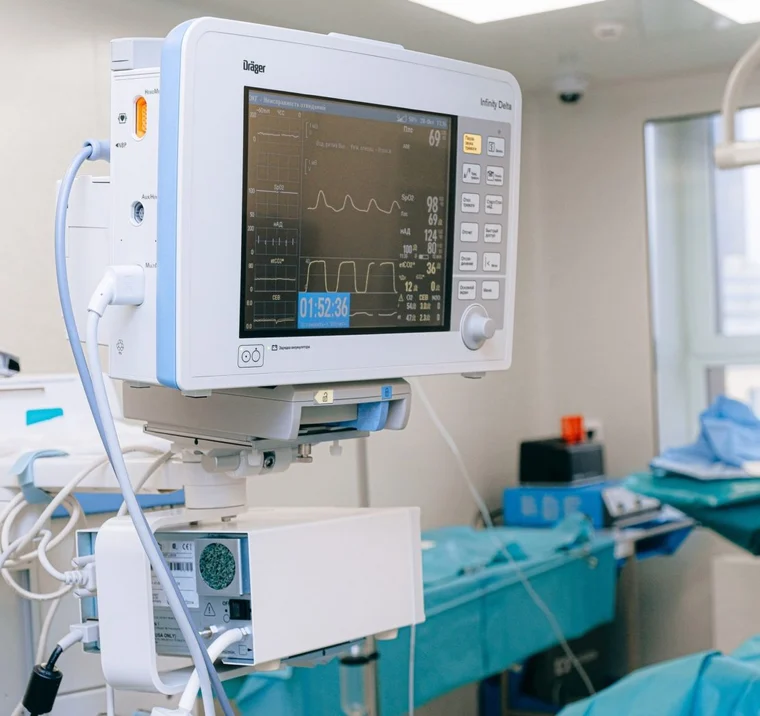
United Kingdom
The MHRA regulate medical devices in the United Kingdom. They have four device classifications for medical devices and regulate IVDs separately (which you can read more about below). Classifications for medical devices are:
| Class | Risk | Approval required | Example devices |
| Class I | Low | Self-assessment (but approved body must certify aspects relating to sterility or measuring functions) | Wheelchairs, Stethoscopes, Spectacles |
| Class IIa | Medium | Approved Body approval required | Dental fillings, Surgical clamps, Tracheotomy tubes |
| Class IIb | Medium – high | Approved Body approval required | Condoms, Ventilators, Bone fixation plates |
| Class III | High | Approved Body approval required | Pacemakers, Heart valves, Implanted cerebral simulators |
Manufacturers need to demonstrate that the medical device meets the requirements set by the MHRA (UK Medical Devices Regulations) by carrying out a conformity assessment. Various assessment types are possible depending on the classification and strategy, from testing every batch to a full audit of the device Technical File and manufacturer’s quality system. This forms step one of launching a medical device in the UK.
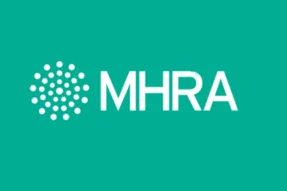
A basic outline of steps include:
- Pass a conformity assessment
- Draw up a declaration of conformity and Technical File
- Benefits must outweigh risks and achieve the claimed performance – this must be supported through clinical evidence and investigation
- Information for use must be supplied with the device, for example instruction manuals
- Submit to Approved Body if required
- Place a UKCA mark on the device, and register it with MHRA
Planning your regulatory strategy
Accessing global markets is an important consideration when developing a medical device. As demonstrated above, accessing those global markets can be complicated. Furthermore, many markets are severely underdeveloped when it comes to device regulation and are rapidly expanding year by year. Developing a strategy whilst developing your medical device is paramount to its success, so how do you get started?
- Clearly define your device
- Define how it’s going to be used (intended use)
- Identify which markets will be served and what activity will take place within those markets (selling into markets, use in markets, advertising in markets)
- Understand the classification rules and processes in those markets. Could changes to the intended use or design affect the classification? A lower classification could make it easier and cheaper to enter the market; a higher classification could provide a barrier to entry for competitors.
- Ask yourself if this is a new/novel product or a modification to an existing device
- Look at similar devices that have been classified already
- Review claims you are going to make about your product (what are you going to tell people it does)
Due to a great deal of variability in processes and submission guidelines from region to region, it’s difficult to give general advice beyond this. You should speak with the experts when planning your regulatory strategy.
Software as a medical device

Advances in technology have enabled many healthcare companies to explore using people’s smart devices including phones and wearables as medical devices. Software as a Medical Device (SaMD) is again a large and broad topic, that warrants its own article, but below you can find a brief summary of SaMD.
The IMDRF defines SaMD as: “Software intended to be used for one or more medical purposes that perform these purposes being part of a hardware medical device”.
This means that any software that isn’t part of an associated medical device can be classified as SaMD. This includes mobile applications, desktop software, web apps and applications running on wearables and smart devices.
This may seem simple, but it can be quite tricky in a lot of cases! For example, there are a number of web-based apps that calculate drug dosage based on patient data, these are classified as SaMD. But at the same time, a programme that displays dosage instructions to a clinician (without performing a calculation in the background), or software within a physical drug dispensing device, are not SaMD.
Both the FDA and MHRA provide good guides on what is and isn’t considered SaMD.
FDA: What are examples of Software as a Medical Device
MHRA: Medical device stand-alone software including apps
In vitro diagnostic medical devices (IVDs)
In vitro diagnostic products (IVDs) are reagents, instruments and systems intended for use in the diagnosis of disease and other conditions. Much like other medical devices, the classification of these products varies significantly based on the region and regulatory body.
In North America, the FDA generally considers IVDs to be medical devices and they are subjected to the same pre-market and post-market controls as such. Seems simple? Unfortunately it’s not and some IVDs may also be considered biological products which are subject to a completely different standard of classification, section 351 of the Public Health Service Act.
In Europe, the old directive for IVD classification (98/79/EC) which has been in place since 1993, will be replaced by EU 2017/746 (IVDR) on 26th May 2022, with a transition period for devices that have previous approval. This new regulation is closely aligned to the EU regulation on medical devices and introduces the classification of IVDs into risk categories A, B, C and D.
| Classification | Risk | Example IVD |
| Class A | Low patient and public health risk | Clinical chemistry analysers, Specimen receptacles, prepared selective culture media |
| Class B | Moderate patient risk and/or low public health risk | Pregnancy self-tests, urine test strips, cholesterol self-tests |
| Class C | High patient risk and/or moderate public health risk | Blood glucose self-tests, PSA screening, HLA typing |
| Class D | High patient risk and high public health risk | Hepatitis blood screening, HIV diagnostics, ABO blood grouping |
Again, the process for complying with the applicable regulations will depend on the classification, and there are different processes available depending on a company’s regulatory strategy.
Where to from here?
Plan your regulatory strategy at the very beginning of your device development program. The world of medical device regulation can be complex so it’s always best to rely on the experts. Hopefully this article provides you with a good introduction to who some of the regulators are, what they look for, how devices are classified and some steps to take in approaching a submission.
Speak with our expert regulatory team today about your product’s route to market. 42 Technology is a specialist in the field of diagnostic development and has been working with global diagnostics specialists and non-profit organisations for the past 12 years, to bring a wave of diagnostic innovation to market.
